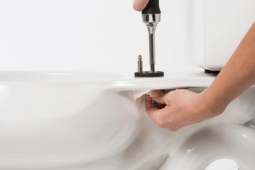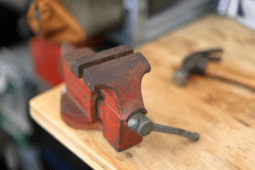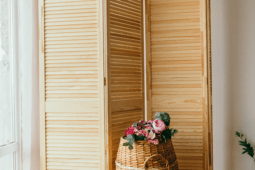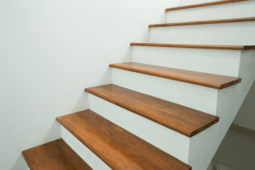Soundproofing a Basement Ceiling – Effective Methods and Tips for a Quieter Space
Turning your basement into a peaceful retreat or a bustling entertainment hub without the disturbance of overhead noise is a project worth embarking on. Soundproofing a basement ceiling is not just about blocking noise; it’s about creating a space where every sound is intentional, every whisper can be heard, and every note of music fills the room without escaping upward. The journey to achieving such an acoustic ambiance begins with understanding the materials and techniques that can make a significant difference in how sound travels through your home.
Discovering the Best Materials for a Quieter Basement
The selection of materials for soundproofing a basement ceiling is crucial. Not all insulation is created equal when it comes to soundproofing. Some materials are specifically designed to absorb sound, reducing the transmission of noise from one floor to another.
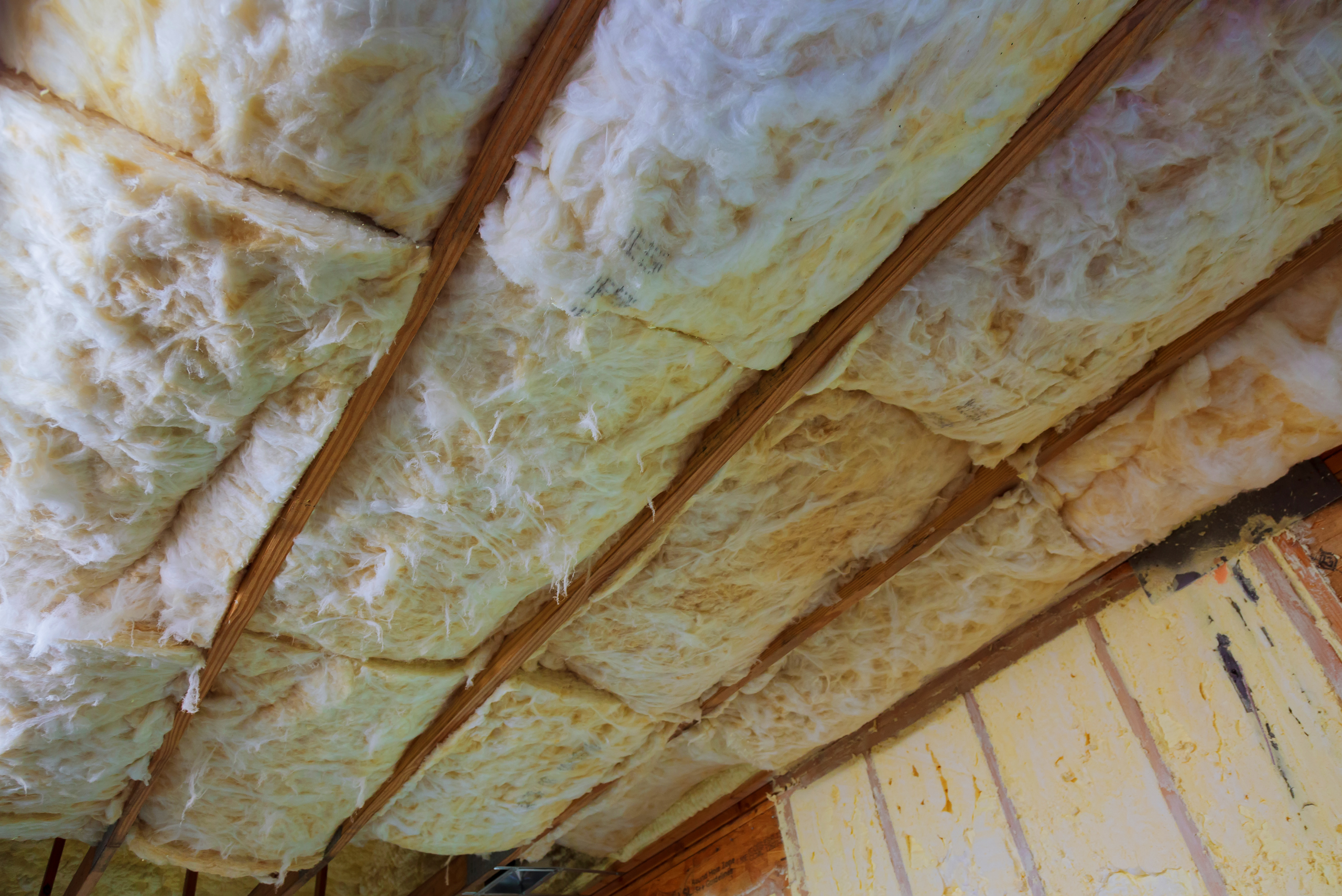
Fiberglass insulation, for example, is a popular choice due to its sound-absorbing properties. Another effective material is mass-loaded vinyl, which can be used to add mass to the ceiling and thus block sound more effectively. The key is to choose materials that not only fit your budget but also provide the level of soundproofing you desire.
The Role of Drywall and Acoustic Tiles in Enhancing Sound Quality
Beyond insulation, the type of drywall and ceiling tiles you choose can also impact the sound quality in your basement. Acoustic tiles are engineered to absorb and block sound, making them an excellent option for a soundproofing project.
When it comes to drywall, opting for soundproof drywall or adding an additional layer of drywall with a damping compound between layers can significantly reduce noise transmission. These elements work together to enhance the overall sound quality in your basement, making it a more enjoyable space for whatever activities you have in mind.
Decoupling and Sealing Gap Techniques for Maximum Soundproofing
Decoupling is a technique that involves creating a separation between the basement ceiling and the floor above it. This can be achieved through the use of resilient channels or sound isolation clips, which effectively break the path of sound waves, reducing the amount of noise that passes through.
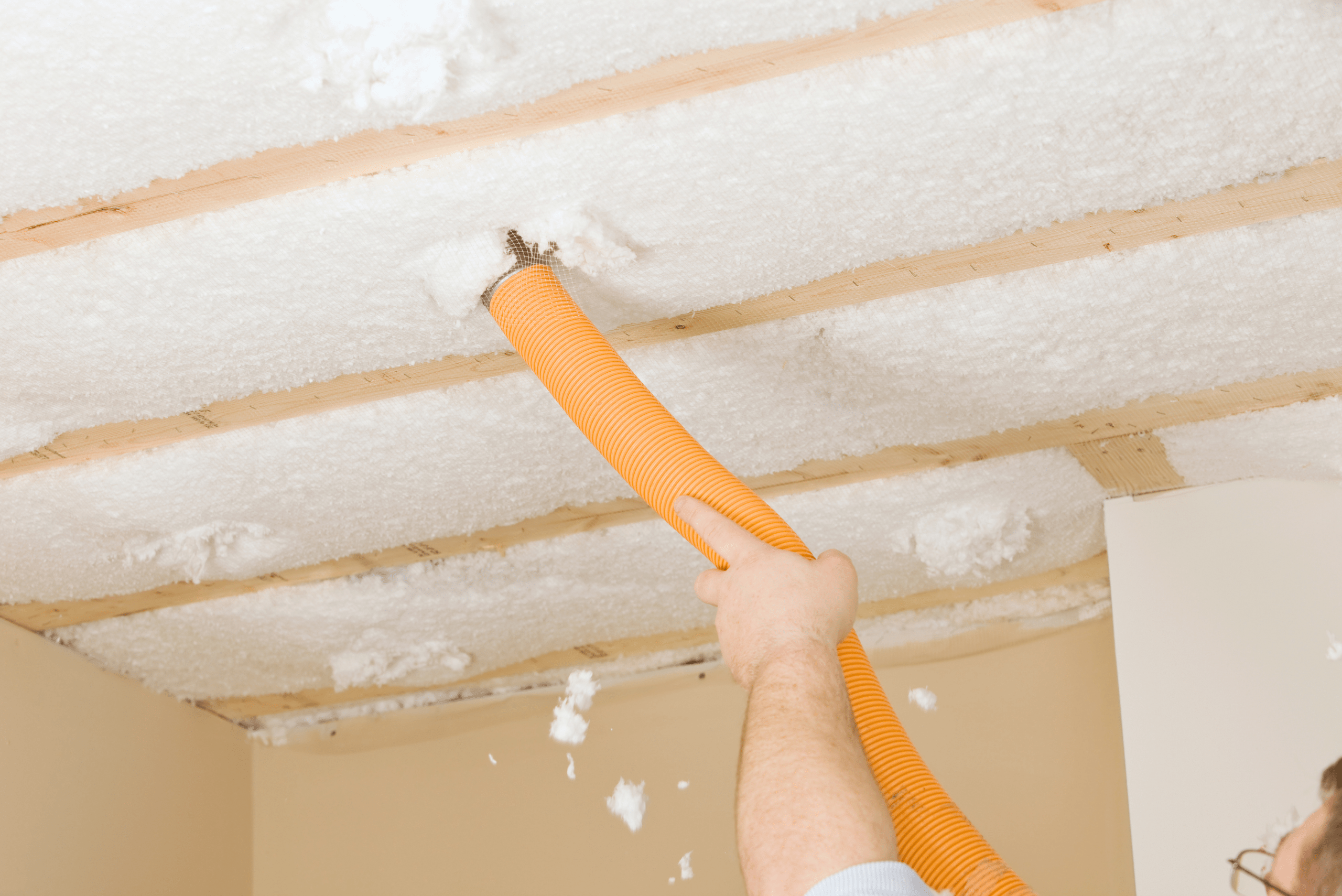
Additionally, sealing any gaps or cracks in the ceiling is essential for preventing sound leakage. Even the smallest opening can be a conduit for noise, so it’s important to meticulously seal these gaps with acoustic sealant or putty pads.
Incorporating Decor and Furniture for Added Sound Absorption
The decor and furniture in your basement can also play a role in soundproofing. Soft furnishings, such as rugs, curtains, and upholstered furniture, can absorb sound, reducing echo and reverberation.
Incorporating these items into your basement decor is not only aesthetically pleasing but also functionally beneficial. By carefully selecting pieces that complement your style while also serving a practical purpose, you can enhance the soundproofing of your basement ceiling in a subtle yet effective way.
The Impact of Soundproofing a Basement Ceiling on Home Value and Lifestyle
Soundproofing a basement ceiling can significantly impact both the value of your home and your lifestyle. A soundproofed basement is a desirable feature for potential buyers, as it indicates a well-thought-out and functional space. For homeowners, the benefits are immediate and personal.
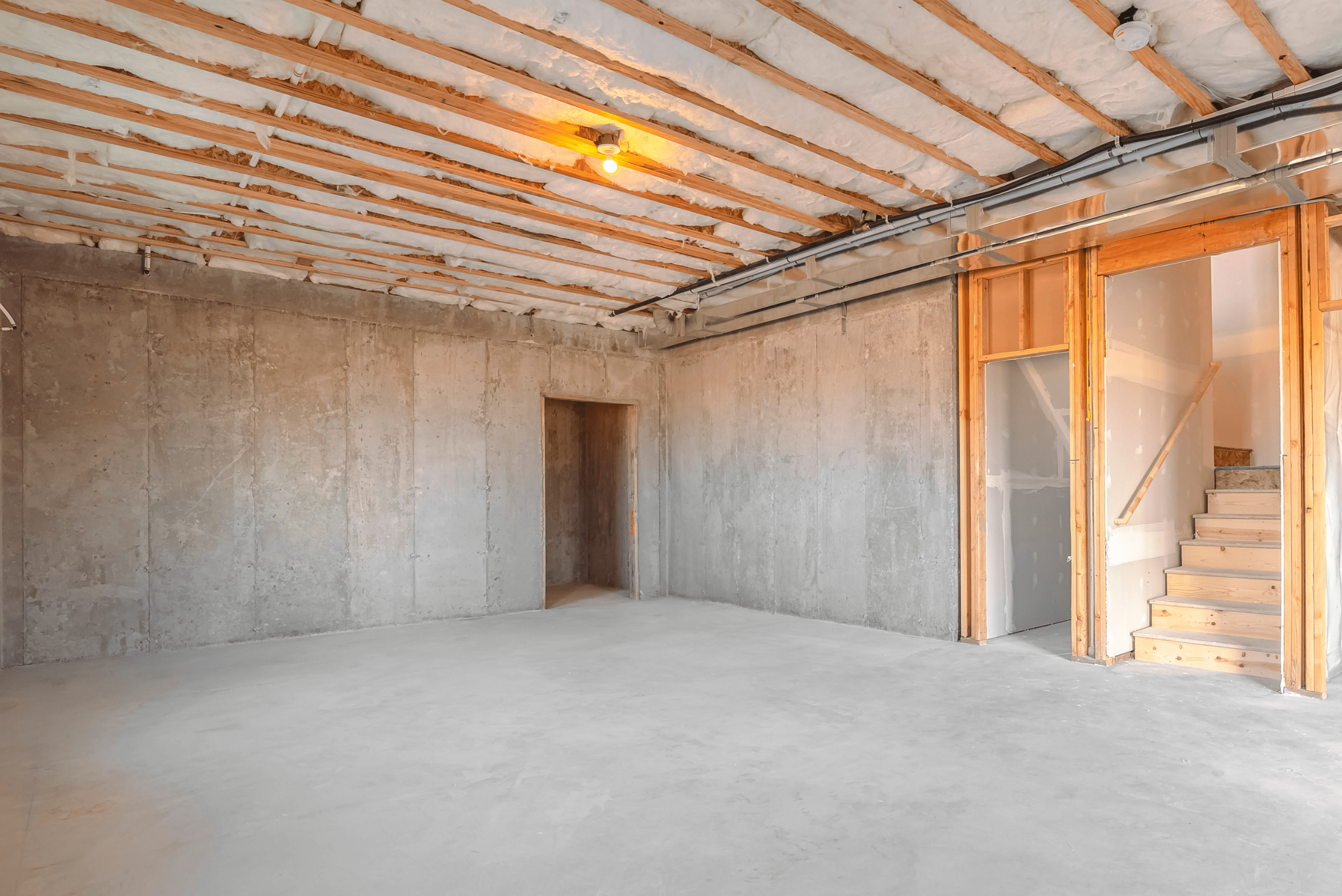
Whether you’re creating a quiet home office, a cozy family room, or an entertainment area free from the disruption of overhead noise, soundproofing can transform your basement into a versatile and inviting space. The tranquility and acoustic quality achieved through soundproofing are investments in both your property and your quality of life.
Related Articles:
- Installing a Drop Ceiling in a Basement Like a Pro
- Vermiculite Insulation: DIY Safe Asbestos Removal
- How to Waterproof Plywood [4 Best Methods]
The journey to soundproofing a basement ceiling is one of thoughtful material selection, innovative techniques, and attention to detail. By understanding the best materials and methods for reducing noise transmission, you can create a space that is not only quiet but also acoustically pleasing. So, embark on this transformative journey and turn your basement into a sanctuary of sound where every moment is enjoyed to its fullest.
Ready to start your next project? Join our DIY community to receive tool tips, how-to guides, and exclusive creative insights. Subscribe to the ManMadeDIY newsletter now! Click here to unlock a world of hands-on inspiration.

